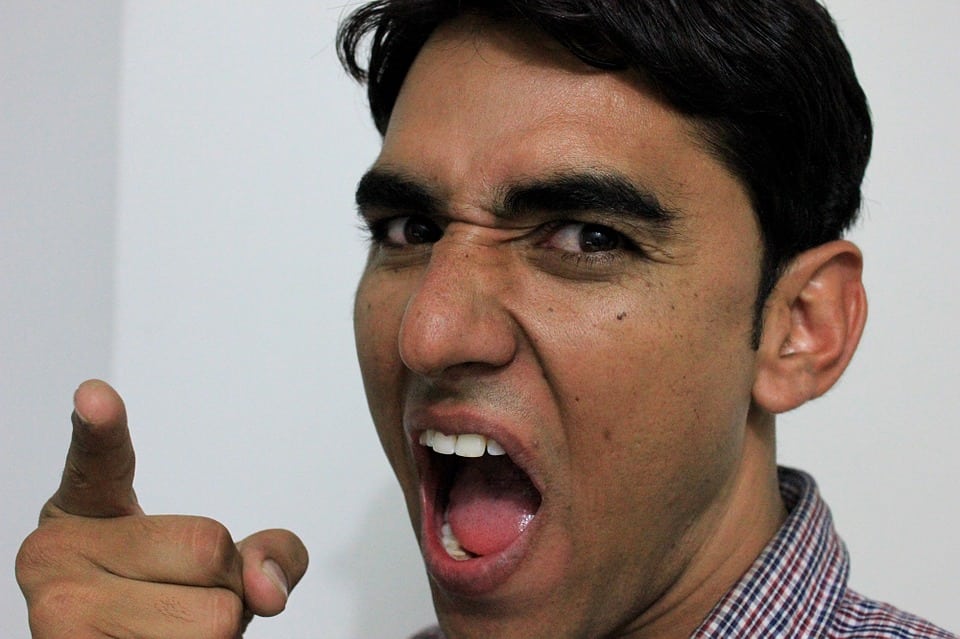Your cart is currently empty!
Behavior Management – Another Medication
45% of adolescents with ADHD have conduct disorders. It directly impacts social interactions with parents, teachers, and peers. Medication and behavior therapy together result in the greatest improvement in symptoms.
Characteristics of behavior disorders include inattention, impulsivity, and occasional hyperactivity. Their response inhibition increases risk-taking. There are increases/decreases of particular behaviors or reactions.
- Negative, disobedient, hostile.
- Antisocial behavior (stealing, lying).
- Oppositional Defiant Disorder (ODD).
- Defiance of authority figures.
- Angry outbursts.
Medication works on a neurological level to regulate the brain. A combination treatment works best in improving ADHD-associated oppositional behaviors. Non-medical approach allows teens to learn skills to be used over a lifetime.
Interventions that have proactive and responsive consequences work the best in children and teens with ADHD. Hallmarks of effectiveness include consistency, immediacy, specificity, and saliency.
Behavior modification (nonpharmacologic) strategies are directed proactively, changing events to achieve target behaviors. Conditioning practices are a potential path for solutions. Classical conditioning utilizes stimulus/signal. Operant techniques integrate rewards and punishments.
Techniques include both positive and negative reinforcement. Positive reinforcements involve the addition of a stimulus to reinforce that a behavior continues in the future. In contrast, operant conditioning is strengthened by stopping, removing, or avoiding negative outcomes.
The structure and predictability of home provides the optimum environment for implementing behavior modification practices. It provides the feeling of safety and security to settle down and relax. Taking breaks to have fun provide opportunities to reduce stress.
Punishment is one of the most common detractors to improve behavior management. This retribution for an offense can be effective, under the right circumstances. Penalties must be meaningful, otherwise there is little or no change.
Flooding has a solid base in behavior therapy. The foundation is that phobias are learned by fear and needs to be unlearned. Similarly, systematic desensitization exposes patient to progressively more anxiety. Addressing within a prolonged exposure, the patient returns to more reasonable behaviors.
Extinction procedures apply to practices that make behaviors occur less often or stop occurring altogether. It reinforces a previously behavior is discontinued. As a result, the frequency of that behavior decreases in the future.
Aversion therapy is designed to make patients give up an undesirable habit by causing them to associate it with an unpleasant effect. The ultimate goal is to “learn” new behaviors. While controversial, they are simultaneously being exposed to some form of discomfort.
Setting guidelines and consequences also benefit from the home environment. Being fair, but firm provides opportunities to be understood. Praise or reward successes immediately, while consequences should be clear and consistent.
- Train how to understand the rules.
- Don’t expect perfection.
- Use when/then to encourage good behavior.
- Provide similar practices to school/home.
- Tweak based on performance.
Home interventions based on behavior modification processes should be addressed consistently. Parent training includes ignoring and positive attending, which requires emotional contention. There should be an effective use of rewards/punishments and token economies based on the desires of the teen with ADHD.
Collaborative problem solving teaches parents how to handle frustration and be more flexible and adaptable. Together, they should brainstorm solutions and negotiate to make decisions. Family therapy is supportive and often recommended as a learning tool.
Teens and young adults with ADHD are known for coexisting disruptive behavior. The objective of behavior modification is to adjust against poorer outcomes. With ongoing processes, these techniques will effectively supplement medication therapy.
Tags
2 responses
-
I’m sure this would be helpful if i had a physiology degree. I was hoping for something more geared for parents. I read it like it’s a medical text book whereas I need another reference book to help explain what I’m reading.
-
Thanks for the feedback. I’m new to blogging. I did a lot of research, so that’s how it sounds, sorry. How can I help…write tips or redo?
-

EdieLovesMath empowers individuals with ADHD and Autism, their families, and professionals through a 4-step plan that builds confidence and success in reading, math, writing, and organization. As someone with a neurodiverse brain herself, Edie understands the challenges and triumphs of navigating learning differences firsthand. Join us. We’re here to guide your journey.
About Me ›
- Helping Neurodiverse Teens Transition to College: 5 Tips for Parents
- What is Neurodiversity? A Parent’s Perspective
- Creative Calm: Why Art Therapy Works for Teens and Young Adults with ADHD
- Getting Disability Accommodations in College: What Students and Parents Need to Know
- Neurodivergent Burnout: How to Recognize It and Tips to Recover

Leave a Reply